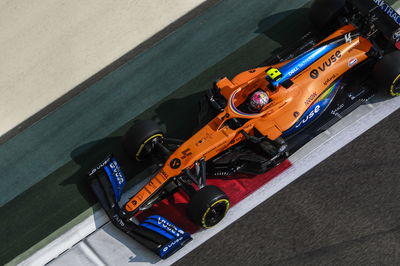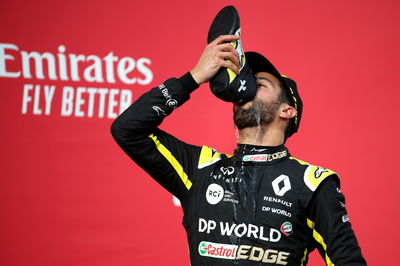McLaren confident of addressing F1 car weaknesses despite Mercedes engine switch

McLaren technical director James Key says the Formula 1 team can still address weaknesses of its 2020 car despite the restrictions it faces by switching to Mercedes power units for next season.
F1 has agreed to carry over current car designs into 2021 as part of a cost-saving measure in the wake of the coronavirus pandemic, with limited development over the winter permitted via the use of a token system.
McLaren faces a unique dilemma as the only team to be changing power unit supplier for next year, resulting in the Woking outfit spending the bulk of its development tokens on its engine switch.
The development of a new chassis, cooling and gearbox will result in McLaren effectively introducing an almost entirely new car, according to Key.
“The big change heading into next year, which is unique to us, is the new power unit. We can’t just carry over the chassis from 2020,” said Key.
“We’ve had to do a lot of redesigning, especially when it comes to various systems on the car, such as cooling and electronics. Not only will the chassis be different, the gearbox will be too and, of course, the engine, so the MCL35M is akin to a new car for us.”
Key explained that McLaren had planned for this and ultimately opted to sacrifice some immediate performance gains by instead introducing parts in 2020 ahead of the homologation deadline which would see the developments locked in place for 2021.
“Having to spend 2021 development tokens on the Mercedes engine installation changed our approach when it came to developments this season,” he added.
“But the upshot of it is that we probably added a bit of performance in 2020 that we normally wouldn’t have and there’s scope to develop these areas further based on all the information we’ve gathered.”
Despite burning through its development tokens to change power units over the winter, Key believes there are still areas that McLaren can address and improve on elsewhere on the MCL35.
“The midfield battle has been incredibly close this year,” Key explained.
“It’s ebbed and flowed depending on the circuit, tyres, weather conditions and, of course, car development. We’re talking about a tenth, or even half a tenth, of a second making the difference.
“We’ve been able to identify the areas where our competitors are stronger than us and established the weaknesses of our car. Certain tracks and conditions, particularly in the latter part of the season, have not played to our strengths. I think there’s enough scope within the regulations to address these weaknesses for 2021.
“Obviously, if you had a completely blank sheet of paper you could do even more, but the areas we need to improve aren’t related to the fundamental architecture of the car.”












